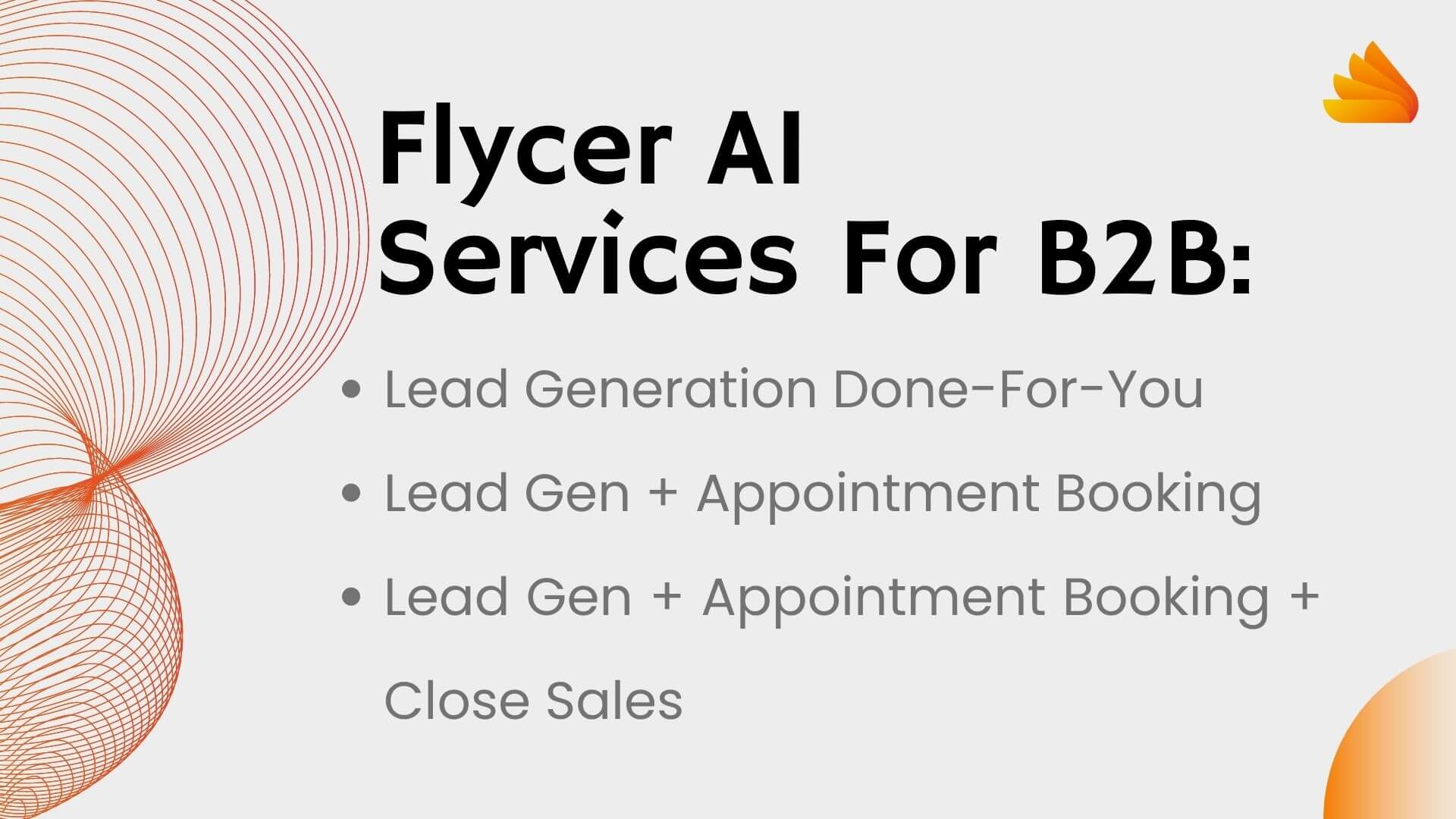In the world of B2B, lead generation is the engine that keeps businesses running. It’s about reaching out, making connections, and laying the groundwork for future sales for any B2B company. But not all lead generation tactics are created equal. What you need are strategies that are not only powerful but are also efficient and effective.
In this article, we’ll delve into proven B2B lead generation tactics to help you drive sales and growth. Whether you’re a CEO, business owner, or salesperson, these tactics are essential in acquiring new B2B clients.
1. Leverage AI-Powered Lead Generation
Artificial Intelligence (AI) has revolutionized many facets of our lives, and lead generation is no exception. Using AI, businesses can now expedite the process of finding and nurturing leads, thus saving time and resources.
At Flycer, we provide a service aptly named Lead Generation Made Easy that utilizes the power of AI to automate lead generation. This service takes into account multiple factors such as industry, location, and target audience to deliver high-quality leads directly to your sales team.
“The future of lead generation lies in the hands of artificial intelligence.”
Artificial Intelligence (AI) has revolutionized the lead generation process, providing businesses with numerous benefits and opportunities for growth. By automating tasks, analyzing data, and personalizing marketing efforts, AI has significantly improved the efficiency and effectiveness of lead generation strategies 1 2 3.
Automated Lead Scoring and Qualification
AI-powered lead generation tools can automate the process of scoring and qualifying leads, allowing businesses to focus on high-quality prospects and improve their conversion rates 1. By analyzing large amounts of behavioral data, AI can identify potential clients and prospects rapidly and accurately 2. This increased efficiency enables businesses to allocate their resources more effectively and prioritize high-value leads 4.
Enhanced Customer Profiling and Segmentation
AI can analyze customer behavior, market research, and other data to create detailed customer profiles and segment them based on various criteria 1 5. This information allows businesses to tailor their marketing and sales strategies to target specific customer groups, resulting in more personalized and effective campaigns 5.
Personalized Marketing and Targeted Campaigns
AI can help businesses create personalized marketing campaigns on social media by analyzing customer data and preferences1. By understanding individual customer needs and interests, businesses can deliver targeted content and offers that resonate with their audience, leading to higher engagement and conversion rates 2 5.
Real-time Lead Engagement and Follow-up
AI-powered chatbots and virtual assistants can engage with leads in real-time, providing instant support and information 3. This immediate response can help businesses capture leads more effectively and nurture them through the sales funnel 1.
Improved Lead Conversion Rates and Sales Performance
By automating lead generation tasks and providing valuable insights, AI can help businesses improve their lead conversion rates and overall sales performance 1 2. AI-powered lead generation platforms use machine learning algorithms to develop market intelligence, identifying the best-fit leads for businesses based on predefined criteria 2.
Reduced Operational Costs and Increased Efficiency
AI can automate many tasks associated with lead generation and nurturing, reducing operational costs and increasing efficiency 1. By streamlining processes and focusing on high-quality leads, businesses can achieve their growth and profitability goals more effectively6.
AI has significantly enhanced lead generation by automating tasks, providing valuable insights, and enabling businesses to create personalized marketing campaigns. As a result, businesses can generate more high-quality leads, improve their conversion rates, and achieve their growth and profitability goals1 2 3. As AI technology continues to advance, it is expected to play an even more significant role in lead generation, providing businesses with new opportunities for growth and success 7.

Maximize Appointment Setting
No matter how great your product or service is, without meetings with potential clients, there won’t be any sales. Appointment setting is a critical part of the sales process, acting as the bridge between a lead and a potential sale.
To make the process easier, consider our Meetings on Demand with Hot Leads service. This service ensures your calendar is filled with appointments with potential clients who have shown a genuine interest in what you offer.
Our related blog post, Mastering the Art of B2B Lead Generation and Appointment Setting, further delves into the intricacies of appointment setting and B2B sales leads. It also offers actionable tips you can implement today.

Opt for Full Sales Service Closing
Closing the deal can often be the most challenging part of the sales process. It requires skilled negotiation, a deep understanding of the client’s needs, and the ability to articulate how your solution meets those needs.
Our Full Sales Service Close package takes the burden off your shoulders. With experienced sales professionals managing your leads, you can focus on your core business operations while we handle the sales.

Build and Maintain a Robust Online Presence
In today’s digital age, your online presence is crucial. Prospective clients will likely research your business before deciding to make contact.
A strong online presence begins with a professional, user-friendly website. Regularly updated blogs showcasing your industry knowledge can add significant value to your online image. Check out our blog post, B2B Lead Gen Unleashed, for further insights into building an online presence that attracts leads.

Use Content Marketing
Content marketing is all about providing value. By creating content that addresses your prospects’ pain points, you position your business as a valuable resource. This, in turn, builds trust and fosters a relationship between you and your potential clients.
Our Comprehensive Guide to B2B Lead Generation: Mastering Quality Leads offers a deep dive into how content marketing can power your lead generation efforts.
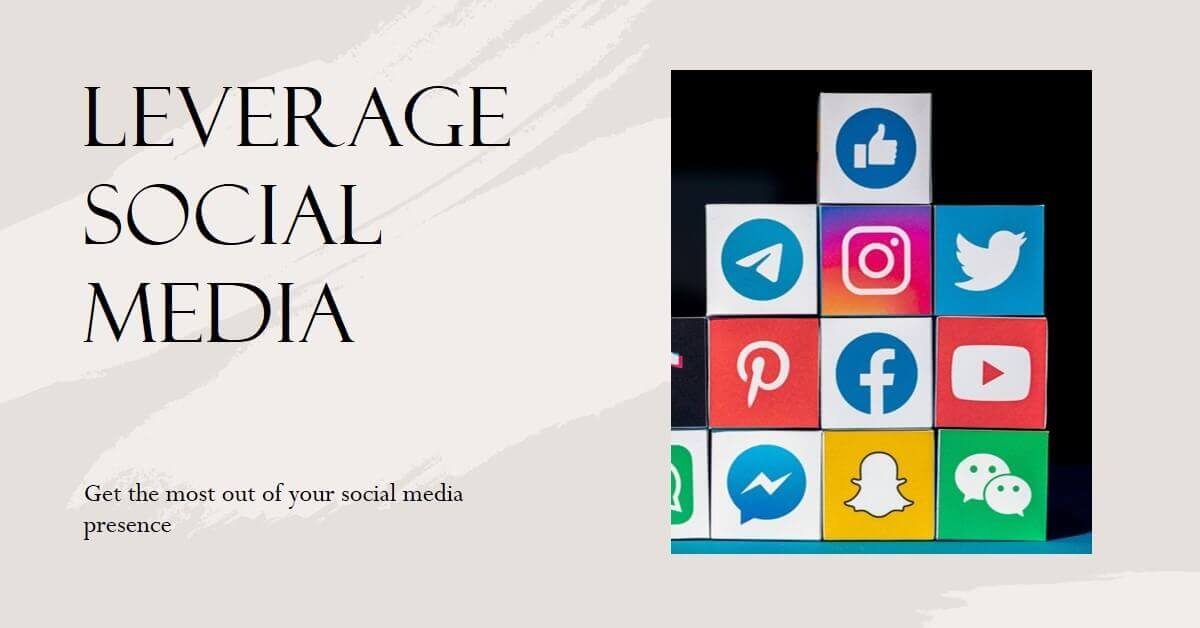
Leverage Social Media
With billions of users worldwide, social media platforms can be a goldmine for lead generation. By effectively utilizing social media, you can reach a vast audience, boost brand visibility, and generate high-quality leads.
To learn more about the potential of social media for B2B lead generation, check out our blog, The Ultimate Guide to B2B Lead Generation.
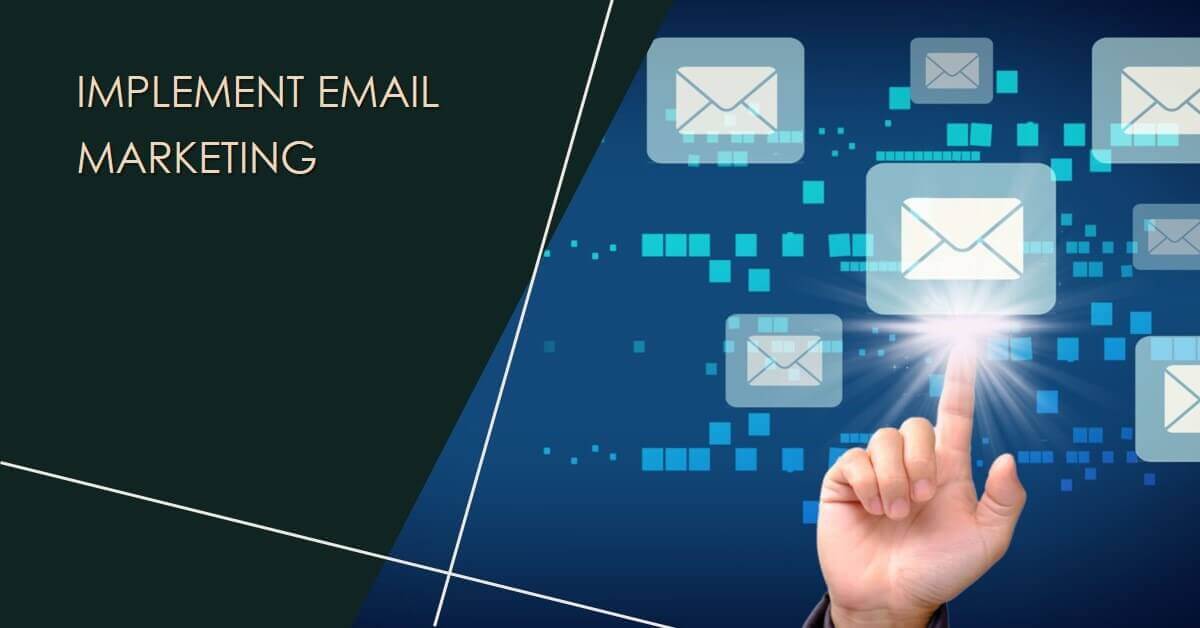
Implement Email Marketing
Despite the rise of social media, email remains a potent tool for B2B lead generation. A well-crafted email can directly address the recipient’s needs and wants, encouraging them to take action.
Read Understanding Done-For-You Lead Generation to find out how Flycer’s email marketing services can streamline your lead generation efforts.
Partner with a B2B Lead Generation Specialist
If you’re feeling overwhelmed by the complexity of lead generation, partnering with a B2B Lead Generation Specialist can be an excellent decision. Specialists like Flycer have the tools, knowledge, and experience to generate high-quality leads, freeing you to focus on what you do best – running your business.
In summary, successful B2B lead generation is all about utilizing the right tactics and tools. From AI-powered lead generation to social media marketing, every strategy plays a crucial role in driving sales and growth.
Remember, lead generation isn’t a one-size-fits-all process. It requires continuous experimentation, learning, and adaptation. But with these powerful tactics and the right partner, you can transform your lead generation effortsand marketing automation, driving your business towards unprecedented success.
Get started today with Flycer – your partner in Effortlessly Boosting Your Sales with Done-For-You Lead Generation Services. And don’t forget to explore our list of top 9 B2B Lead Generation Companies for more options and ideas.

Trust Building and Social Proof
In the realm of B2B lead generation, trust is a cornerstone. Businesses need to establish credibility and reliability in the eyes of potential clients. An effective way to achieve this is through social proof, which can take the form of testimonials from satisfied clients, case studies demonstrating your success, or endorsements from respected figures in the industry.
“Trust is the foundation of conversions and sales.” – Mark Zuckerberg

LinkedIn Marketing
LinkedIn is a treasure trove for B2B lead generation. With a user base of over 700 million professionals, it’s an ideal platform to connect with potential clients. Optimizing your LinkedIn profile and engaging with potential leads effectively can significantly boost your lead generation efforts. Also using sales navigator to prospect LinkedIn can help with your lead generation effort.

Google Ads
Timely and well-placed Google Ads can significantly enhance your B2B lead generation strategy and increase your B2B leads. By optimizing your ads for better visibility and reach, you can connect with a larger audience and generate more leads.
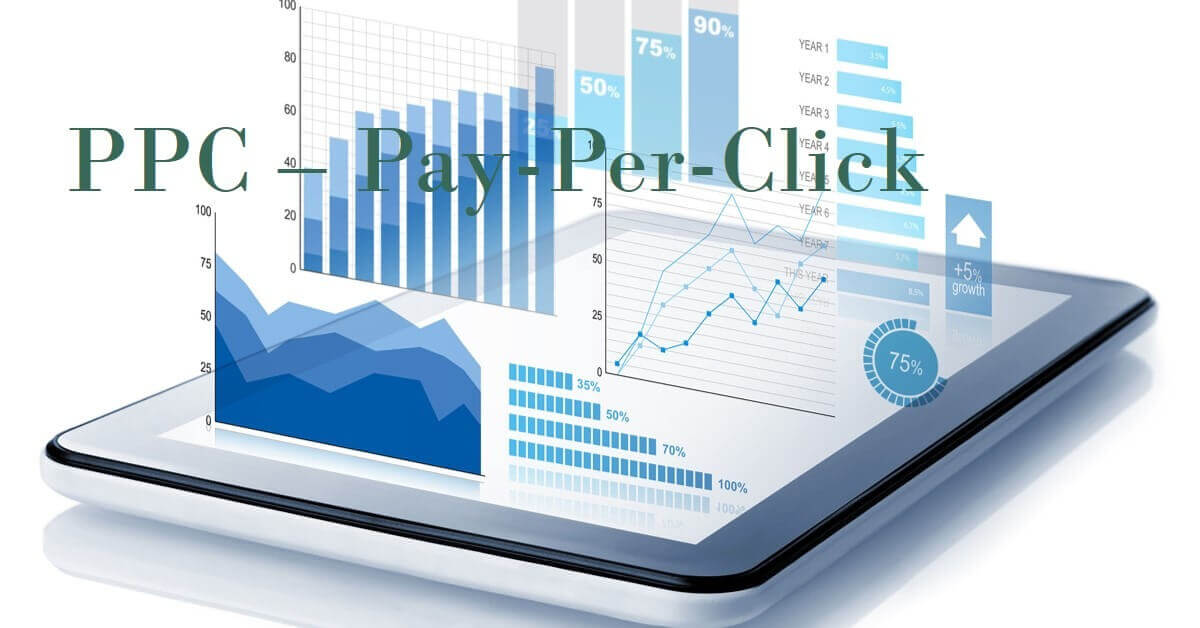
PPC – Pay-Per-Click
Pay-Per-Click or PPC is another vital strategy for B2B lead generation. It’s all about displaying your ads to the right audience at the right time. By choosing the right PPC platforms and optimizing your campaigns, you can significantly improve your lead generation efforts.

Turning “Out of Stock” Into an Opportunity
An ‘out of stock’ status doesn’t always have to be a setback. In fact, it can be turned into an opportunity to generate leads. By leveraging these situations strategically, you can engage a potential customer and generate interest in your products or services.

Event Marketing
Event marketing is a time-tested method for B2B leads, B2B sales and lead generation. Whether it’s attending industry events, hosting webinars, or participating in trade shows, these strategies can help you connect with potential clients and generate leads.

Gmail Ads
Gmail Ads can be a potent tool for targeting your competitors’ audiences and generating leads. Or create targeted ads for a specific potential lead. By creating compelling ads and targeting them effectively, you can reach a wider audience and generate more leads.

A/B Testing
A/B testing is crucial as a B2B marketer for optimizing your lead generation strategy. By testing different versions of your landing pages, ads, or other elements of your marketing strategy, you can identify what resonates best with your audience and optimize accordingly.

Epic Content Campaigns
Content is king in the digital marketing world, and epic content campaigns can be a powerful way to generate B2B sales leads. By creating high-quality, engaging content and promoting it effectively, you can attract B2B buyers and generate leads.
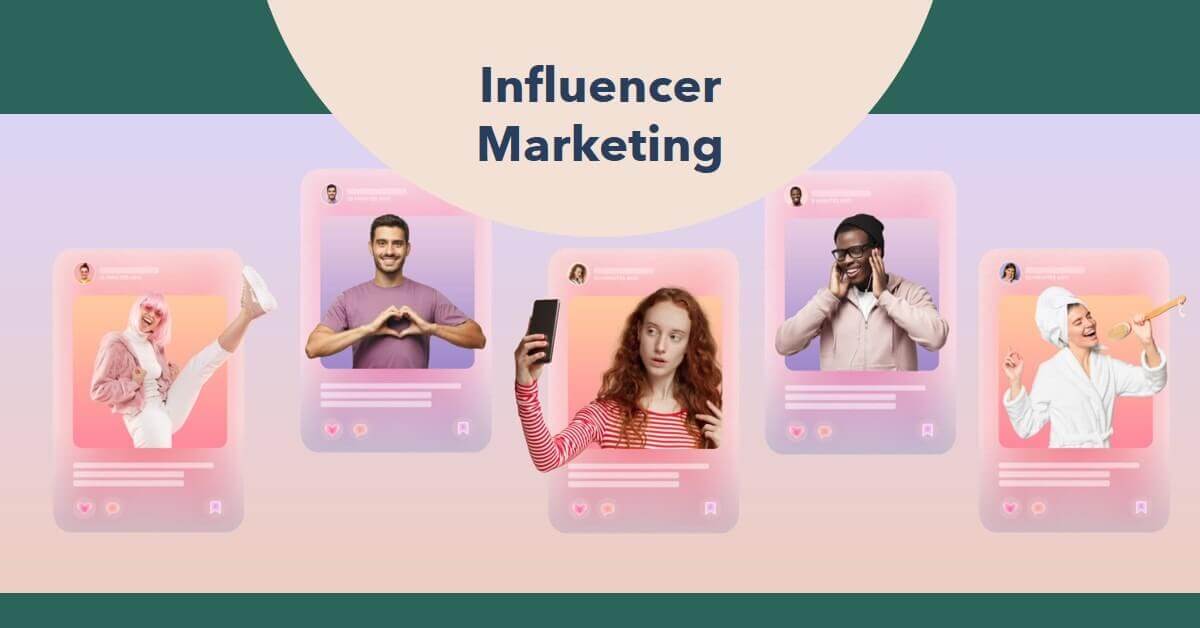
Influencer Marketing
Influencer marketing is a relatively new strategy that involves partnering with influencers in your industry to reach a larger audience and generate leads. By leveraging the reach and influence of these industry leaders, you can connect with a wider audience and generate more leads.
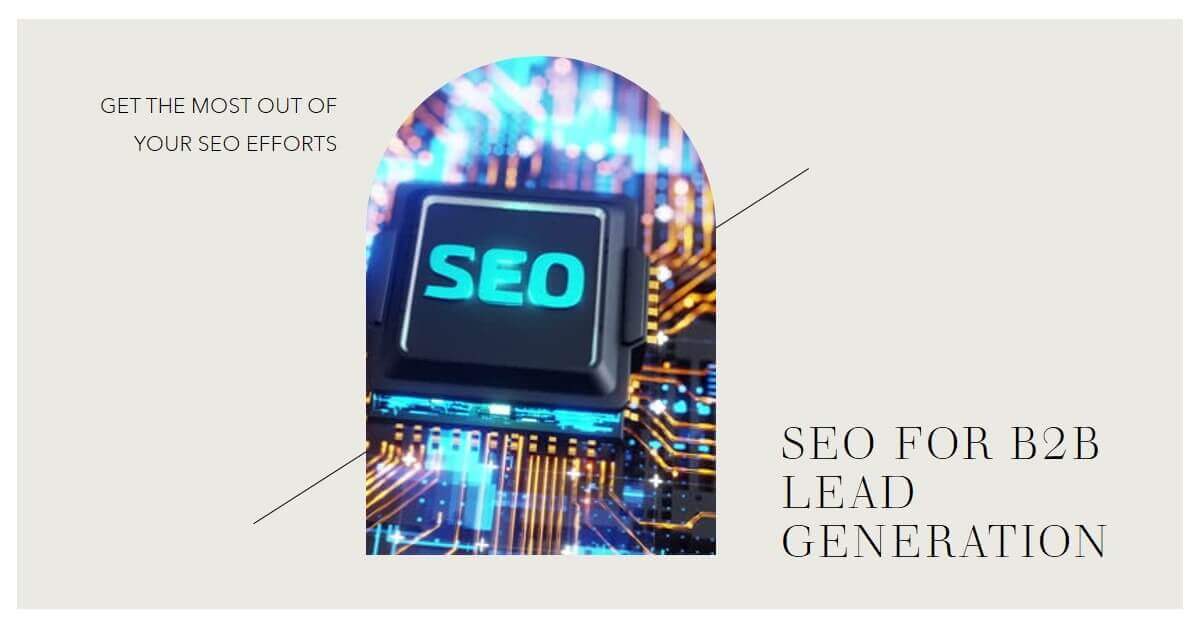
SEO for B2B Lead Generation
Search Engine Optimization (SEO) is a fundamental aspect of any digital marketing strategy, including B2B lead generation. It involves optimizing your website and content to rank higher in search engine results, thereby attracting more potential leads.
Keyword research is the first step in any SEO strategy. It involves identifying the words and phrases your target audience uses when searching for products or services like yours. By incorporating these keywords into your website and content, you can improve your visibility in search engine results.
On-page optimization involves optimizing the elements of your website that are within your control. This includes the content, meta tags, URL structure, and internal links. By optimizing these elements, you can make it easier for search engines to understand and index your content.
Link building is another crucial aspect of SEO. It involves acquiring links from other websites to your own. These links act as votes of confidence in your content, improving your website’s authority and ranking in search engine results.
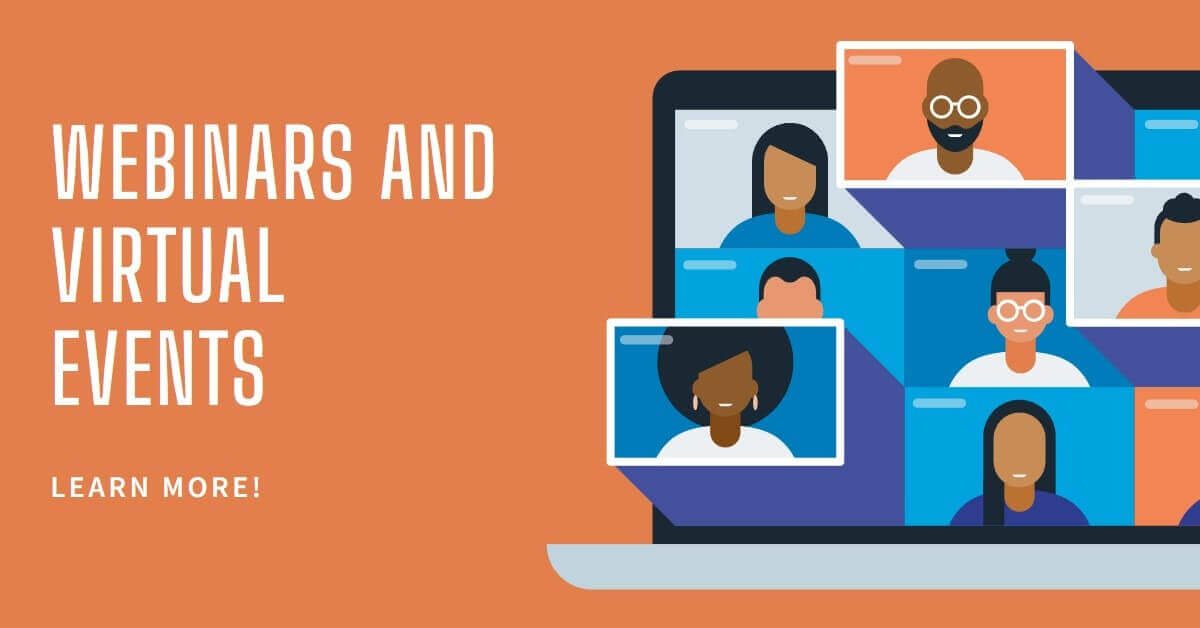
Webinars and Virtual Events
Webinars and virtual events have emerged as powerful tools for B2B lead generation in the digital age, including B2B sale. They provide an opportunity to engage with a large audience, showcase your expertise, and generate interest in your products or services.
When hosting a webinar or virtual event, it’s important to provide valuable content that resonates with your target audience. This could be a presentation on a relevant topic, a demonstration of your product, or a discussion with industry experts.
Interactive elements such as Q&A sessions, polls, and chat features can enhance engagement and make your event more memorable. Following up with attendees after the event can also help convert interest into sales lead.

Retargeting Campaigns
Retargeting campaigns are a strategic way to re-engage individuals who have previously interacted with your website or content. These individuals have already shown interest in your business, making them more likely to convert into leads. This should be one of the first things your marketing team should focus on to generate high quality leads.
Retargeting campaigns work by using cookies to track the online behavior of your website visitors. When these individuals visit other websites or social media, they are shown targeted ads that remind them of your business and encourage them to return.
It’s important to personalize your retargeting ads based on the individual’s behavior. For example, if they viewed a specific product on your website, you could show them an ad for that product.

Personalization in B2B Lead Generation
Personalization is becoming increasingly important in B2B lead generation. Today’s consumers expect personalized experiences, and businesses that fail to provide these risk losing potential leads.
Personalization can take many forms in B2B lead generation. In email marketing, this could involve using the recipient’s name in the subject line or body of the email. In content marketing, this could involve providing content recommendations or custom lead magnets based on the individual’s browsing behavior.
By providing personalized experiences, you can make your potential leads feel valued and understood, increasing their likelihood of converting.
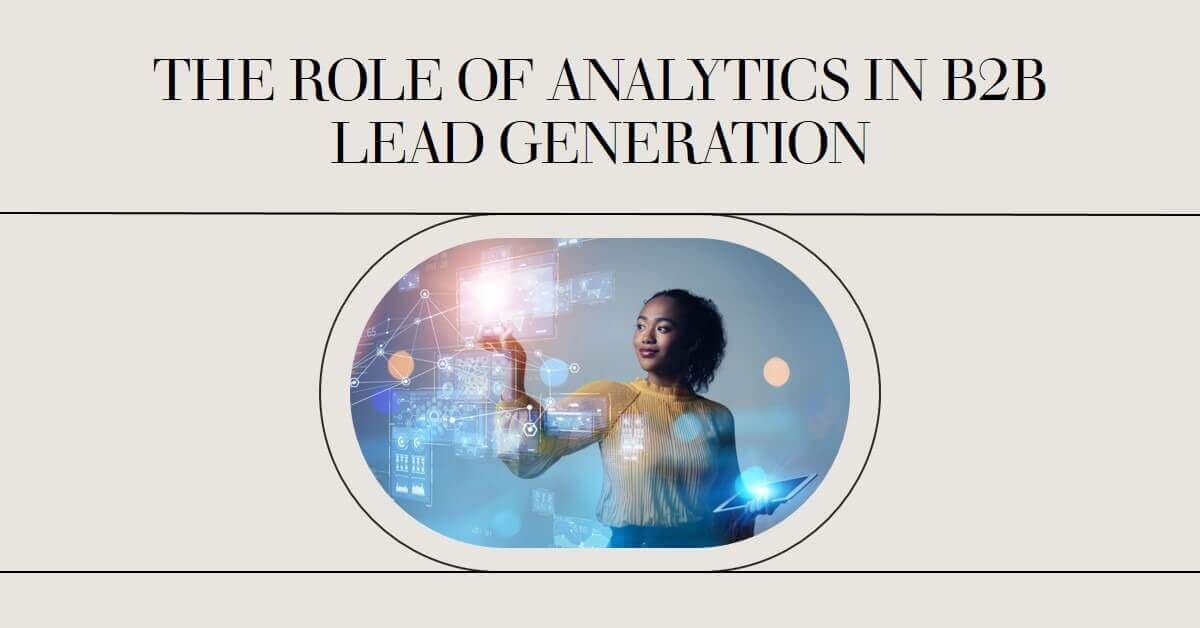
The Role of Analytics in B2B Lead Generation
Analytics play a crucial role in B2B lead generation. They provide insights into the effectiveness of your lead generation efforts, helping you identify what’s working and what’s not.
Key metrics to track include the number of leads generated, the source of these leads, and the conversion rate. By tracking these demand generation metrics, you can identify which strategies are most effective and allocate your resources accordingly.
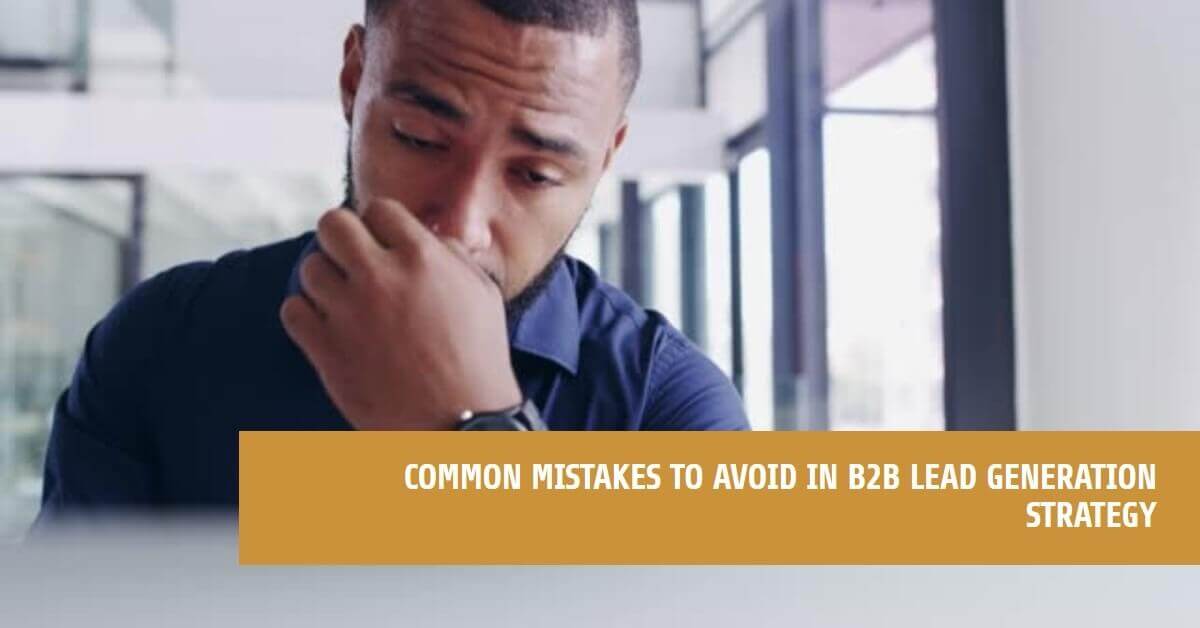
What are some common mistakes to avoid in a B2B lead generation Strategy?
In the world of B2B marketing, outbound lead generation is a critical component of a successful strategy. However, there are several common mistakes that marketers often make in their lead generation efforts. Understanding these pitfalls can help you avoid them and optimize your B2B lead generation strategy.
Here are some common mistakes to avoid in B2B lead generation:
- Not having a solid strategy 1
- Not knowing the buyer 1
- Using a “wall of text” 1
- Not being obvious about the next steps 1
- Poor product-market fit 2
- Not generating leads organically 2 3
- Using one approach for all your products 2
- Buying leads instead of generating them organically 3
- Not offering lead-gen content for people in different stages of the buyer’s journey 3
- Not using a dedicated landing page 4
- No call-to-action (CTA) A hard-to-find CTA / Unactionable CTA button text 4
- A tedious lead capture process 4
1. Lack of a Solid Strategy
One of the most common mistakes in B2B lead generation is not having a solid strategy in place. This includes not only knowing what tactics you’ll use to generate leads, but also understanding your target audience, setting clear goals, and measuring your success. Without a well-defined strategy, your lead generation efforts are likely to be unfocused and ineffective.
2. Not Knowing the Buyer
Another common mistake is not fully understanding the buyer. This includes not only knowing their demographics but also understanding their needs, challenges, and buying behavior. By gaining a deep understanding of your buyer, you can tailor your lead generation strategies to meet their specific needs and increase your chances of success.
3. Using a “Wall of Text”
When it comes to content, less is often more. Using a “wall of text” in your marketing materials can overwhelm your audience and make it difficult for them to understand your message. Instead, aim to use clear, concise language and break up your text with headings, bullet points, and images to make it more digestible.
4. Not Being Clear About the Next Steps
Once you’ve captured a lead’s interest, it’s important to make it clear what they should do next. This could be filling out a form, downloading a resource, or scheduling a call. If it’s not obvious what the next steps are, your leads may lose interest and move on.
5. Poor Product-Market Fit
If your product or service doesn’t meet the needs of your target market, your lead generation efforts are likely to be unsuccessful. It’s important to ensure that your product or service is a good fit for your target market and that you’re able to effectively communicate its benefits.
6. Not Generating Leads Organically
While paid lead generation tactics can be effective, it’s also important to focus on organic lead generation. This includes tactics like SEO, content marketing, and social media marketing. Organic lead generation not only tends to be more cost-effective, but it also often results in higher quality leads.
7. Using One Approach for All Products
Not all products are created equal, and neither are your leads. Different products may appeal to different segments of your target market, and it’s important to tailor your lead generation strategies accordingly. This could mean using different tactics, messages, or channels for different products.
8. Buying Leads Instead of Generating Them Organically
While buying leads can seem like a quick and easy way to boost your lead generation efforts, it often leads to lower quality leads. Leads that are bought are often less engaged and less likely to convert than leads that are generated organically. Instead of buying leads, focus on creating valuable content and experiences that attract and engage your target audience.
9. Not Offering Lead-Gen Content for Different Stages of the Buyer’s Journey
Different leads are at different stages of the buyer’s journey, and it’s important to offer content that meets their needs at each stage. This could include educational content for leads in the awareness stage, product comparisons for leads in the consideration stage, and case studies or testimonials for leads in the decision stage.
10. Not Using a Dedicated Landing Page
Landing pages are a critical component of a successful lead generation strategy. They provide a place for your leads to learn more about your offer and take the next step in the conversion process. If you’re not using dedicated landing pages for your lead generation
efforts, you’re missing out on a key opportunity to convert your leads into customers.
11. Lack of a Clear Call-to-Action (CTA)
A clear and compelling call-to-action (CTA) is essential for converting leads. If your CTA is missing, hard to find, or unactionable, your leads may not know what to do next, resulting in lost opportunities. Make sure your CTA is prominent, clear, and compelling to encourage your leads to take action.
12. Tedious Lead Capture Process
A complicated or tedious lead capture process can deter a potential client. If it takes too much time or effort to fill out a form or download a resource, your leads may abandon the process. Aim to make your lead capture process as simple and straightforward as possible to increase your conversion rates.
In conclusion, avoiding these common mistakes can significantly improve your B2B lead generation efforts. By developing a solid strategy, understanding your buyer, creating engaging content, and optimizing your lead capture process, you can generate high-quality leads and drive business growth.
FAQs
How can AI be used for lead nurturing?
AI can be used for lead nurturing in various ways, including chatbots, email marketing, personalization, and lead qualification. Here are some of the most effective methods:
- Chatbots: AI-powered chatbots can engage with prospects and customers, providing personalized buying guidance and customer support throughout the customer journey 1. They can also help segment the audience based on the data provided, which aids in nurturing leads 2.
- Email marketing: AI can be used to generate personalized email campaigns tailored to individual leads based on their preferences and behavior 3. This helps build stronger relationships and increases the likelihood of conversion 4.
- Personalization: AI-driven personalization can improve the customer experience by analyzing customer data and providing individualized content, recommendations, and interactions 5 6. This helps build trust with potential customers and increases the chances of conversion 7.
- Lead qualification: AI can help automate and streamline the lead qualification process by engaging and qualifying leads that enter the sales funnel 8. This allows businesses to prioritize leads based on their likelihood to convert, saving time and resources 4.
- AI-driven lead nurturing software: Tools like Exceed.ai 9 and FlowUp 10 offer AI-driven solutions for automating and personalizing lead nurturing campaigns across various channels, such as email, SMS, and voice.
- AI-based marketing personalization: AI can be used to collect more data and analyze customer preferences, allowing marketers to send out truly personalized emails and messages5. AI can also make personalized recommendations to website visitors based on their interactions and previous shopping history 5.
- AI-powered lead generation tools: AI can be used to automate lead generation processes, saving time and resources while improving lead quality 1 1 1 2. Some popular AI lead generation tools include LinkedIn lead generation, chatbot lead generation strategies, and AI-driven lead nurturing solutions 1 3 2.
- AI for customer sentiment analysis: AI can analyze voice, image recognition, and behavior to better understand customers’ emotions and preferences, allowing businesses to tailor their marketing efforts accordingly 6.
By leveraging AI in lead nurturing, businesses can improve their lead generation strategies, personalize interactions, and ultimately increase conversions.
How does AI personalize lead nurturing interactions with prospects?
AI personalizes lead nurturing interactions with prospects by analyzing data on customer behavior, preferences, and history to provide targeted marketing messages and create better lead nurturing experiences 1. Here are some ways AI is used to personalize interactions with prospects:
- Email Personalization: AI can analyze customer behavior and optimize email campaigns for success with the right data, such as sending emails at the time when prospects are most likely to check their inbox2. AI can also generate, curate, and test content to create compelling and relevant emails that resonate with the audience 3.
- Chatbots: AI-powered chatbots can initiate conversations with customers, build interest in products or services, and collect contact information 4 5. They can also help with lead segmentation by filtering prospects based on their responses and preferences 5.
- Sentiment Analysis: AI-enabled sentiment analysis tools can automatically identify the emotional tone in comments and gain fast, real-time insights from large sets of customer data 6 7. This information can be used to improve customer experiences and tailor marketing messages accordingly.
- Lead Scoring: AI-powered software can score leads more accurately than humans, as AI algorithms are free of subjective bias and personal opinions 8. This helps in refining the sales funnel and prioritizing high-quality leads.
- Personalized Service: AI can offer a human-like experience of personalized service through intelligent virtual assistants that engage with prospects, answer their questions, and guide them through the sales process 9.
- Lead Generation Techniques: AI can assist in lead generation by rapidly and accurately identifying clients and prospects, analyzing large amounts of behavioral data, and providing insights on successful investments 10.
- Multichannel Communication: AI-driven lead nurturing software can automate follow-ups using multichannel communication, such as voice, social media, SMS, and emails, to engage with prospects across different platforms 11.
In summary, AI plays a significant role in personalizing lead nurturing interactions with prospects by analyzing data, optimizing marketing campaigns, and providing targeted and relevant content. This helps businesses improve their lead generation and nurturing processes, ultimately leading to higher conversion rates and better customer experiences.
How does AI-powered lead nurturing differ from traditional lead nurturing methods?
AI-powered lead nurturing differs from traditional lead nurturing methods in several ways, including efficiency, personalization, scalability, and data analysis. Here’s a detailed comparison of the two approaches:
- Efficiency: AI-powered lead nurturing tools can process large amounts of data quickly and accurately, allowing for highly targeted lead generation and nurturing, resulting in more qualified leads and higher conversion rates 1 2. In contrast, traditional methods can be less efficient and less effective in reaching a wide audience1.
- Personalization: AI-powered lead nurturing solutions can personalize interactions with leads based on their previous interactions and behavior, helping build stronger relationships and increasing the likelihood of conversion 3. Traditional methods may not offer the same level of personalization.
- Scalability: AI-powered lead generation tools can automate many tasks associated with lead nurturing and follow-up, allowing businesses to engage with potential customers in real-time and scale their efforts as needed2. Traditional methods may require more manual effort and may not be as scalable.
- Data Analysis: AI-powered predictive analytics tools can analyze large amounts of data to predict which leads are most likely to convert, allowing businesses to prioritize their lead generation efforts and achieve better results 3. Traditional methods may not have the same level of data analysis capabilities.
- Cost-effectiveness: AI-powered lead generation can reduce operational costs and increase efficiency, allowing businesses to generate more and better leads at a lower cost 2 4. Traditional lead generation methods can be more expensive, with higher costs per lead 5.
- Integration with existing systems: AI-powered lead nurturing solutions can integrate with existing sales processes and systems, making it easier for businesses to adopt and benefit from the technology6. Traditional methods may require more effort to integrate with existing infrastructure.
- Multi-channel engagement: AI-powered lead nurturing tools can engage leads across multiple channels, such as email marketing, social media, and content marketing 7. Traditional methods may focus on a single channel or a limited number of channels.
In conclusion, AI-powered lead nurturing offers several advantages over traditional methods, including increased efficiency, personalization, scalability, and data analysis capabilities. However, the choice between AI and traditional methods for lead generation and nurturing ultimately depends on the specific needs and resources of your business 1.


